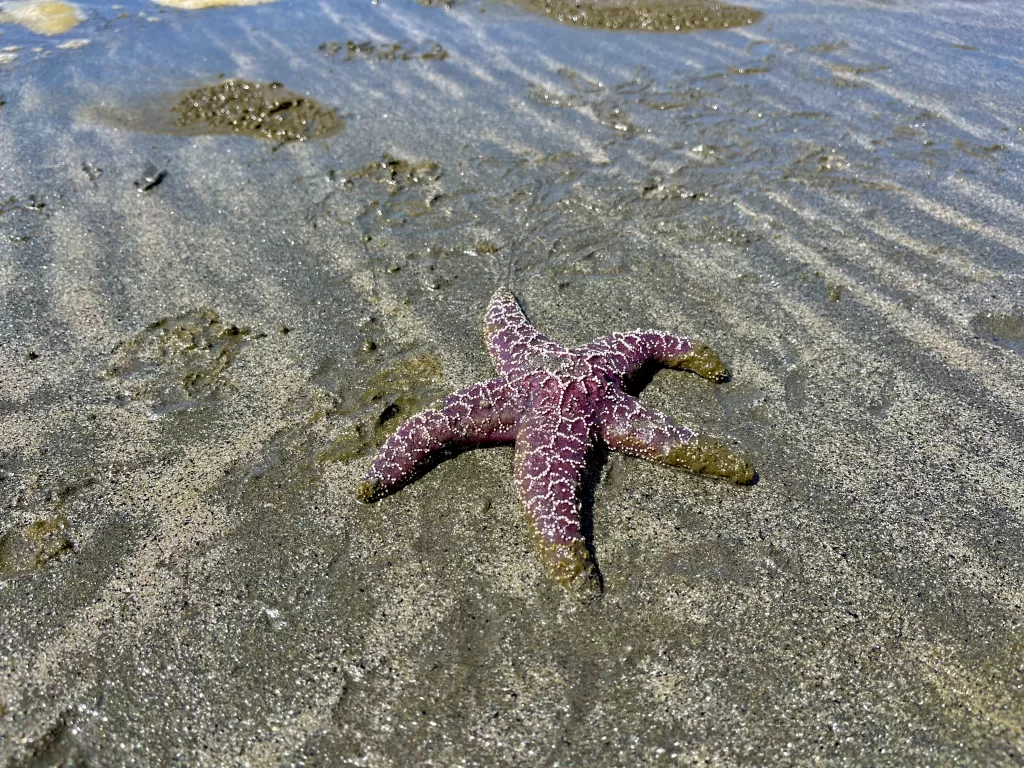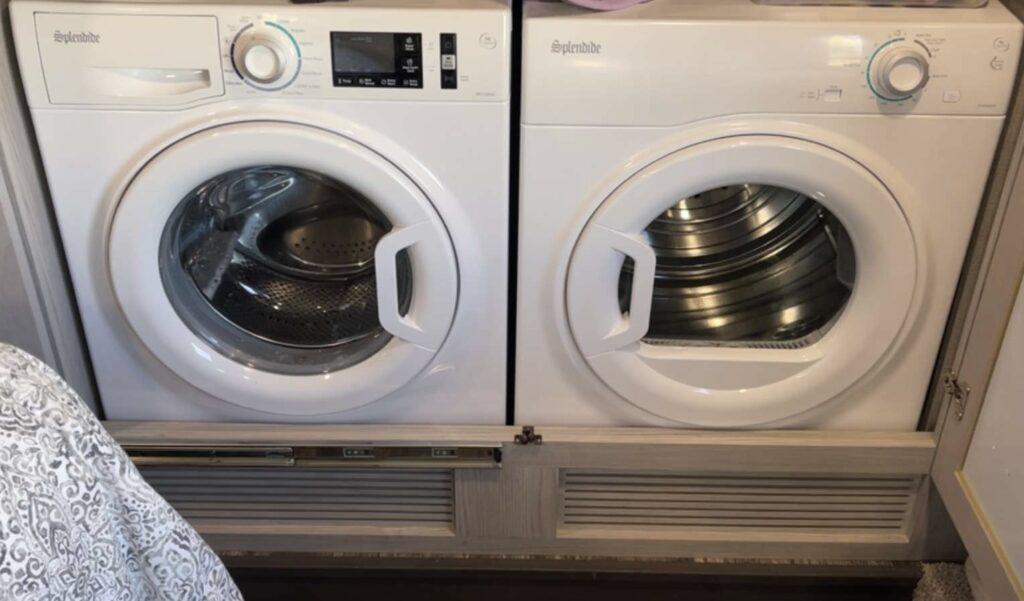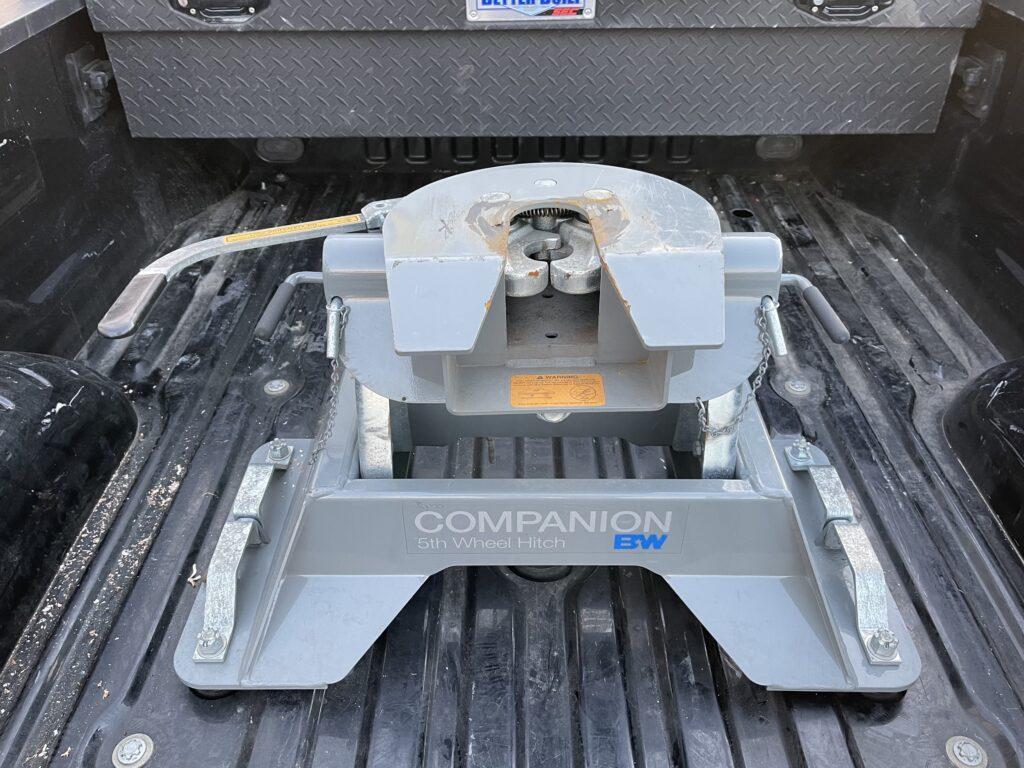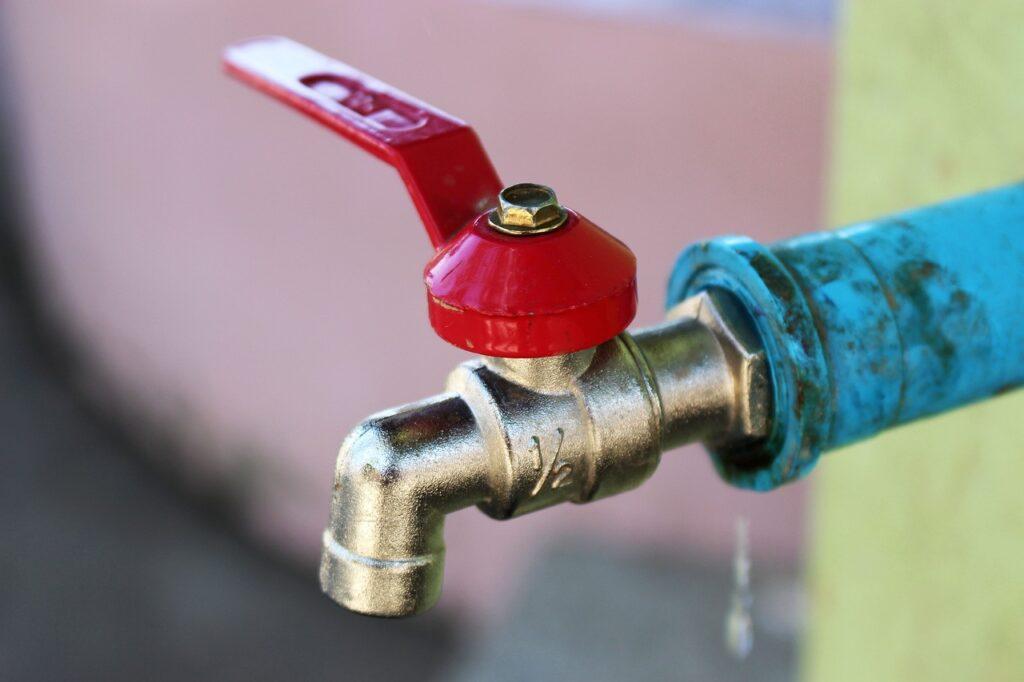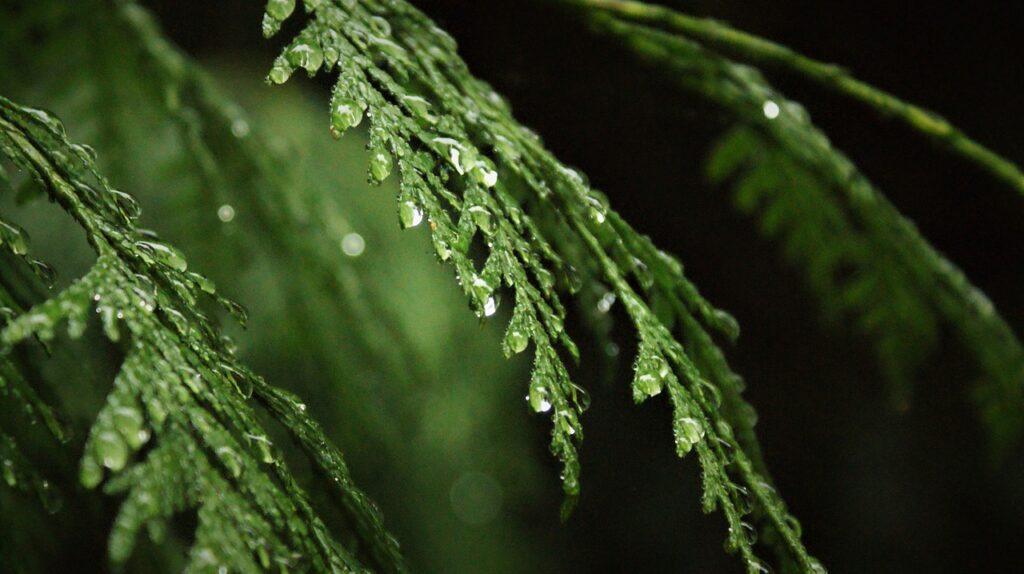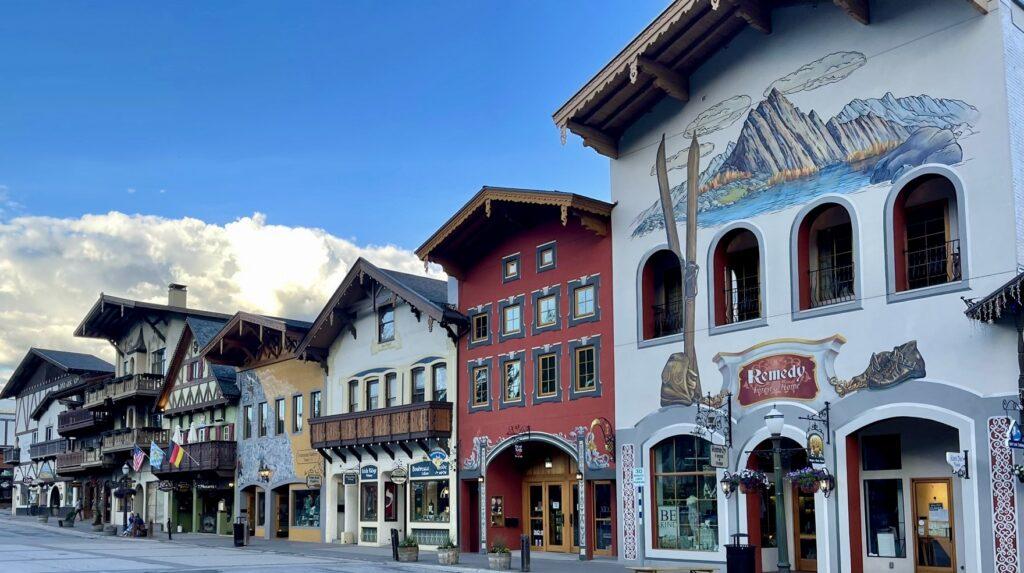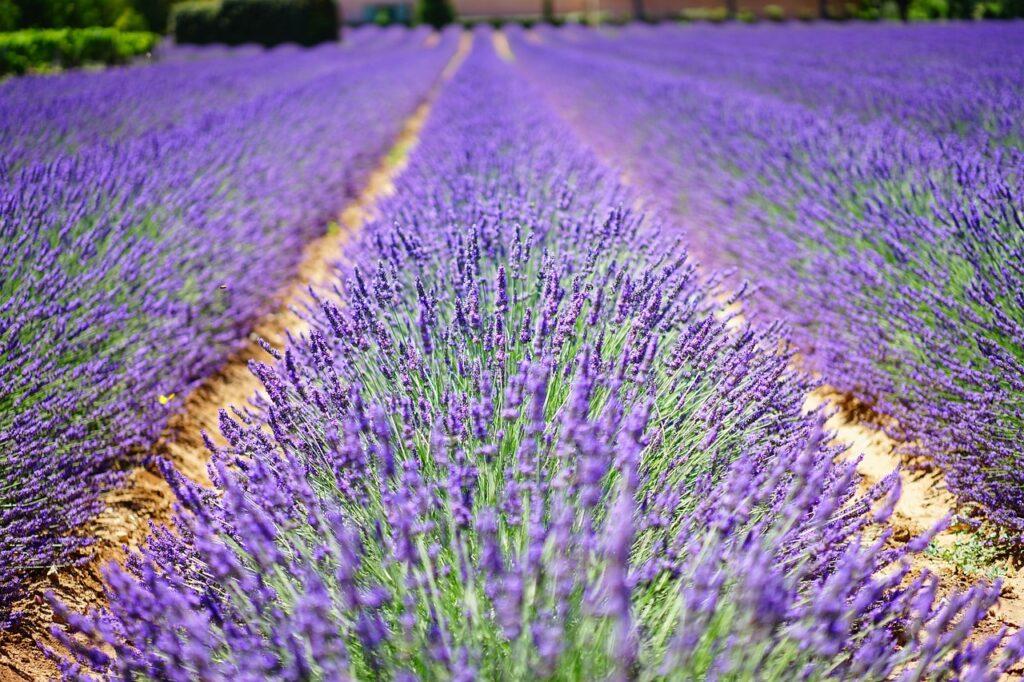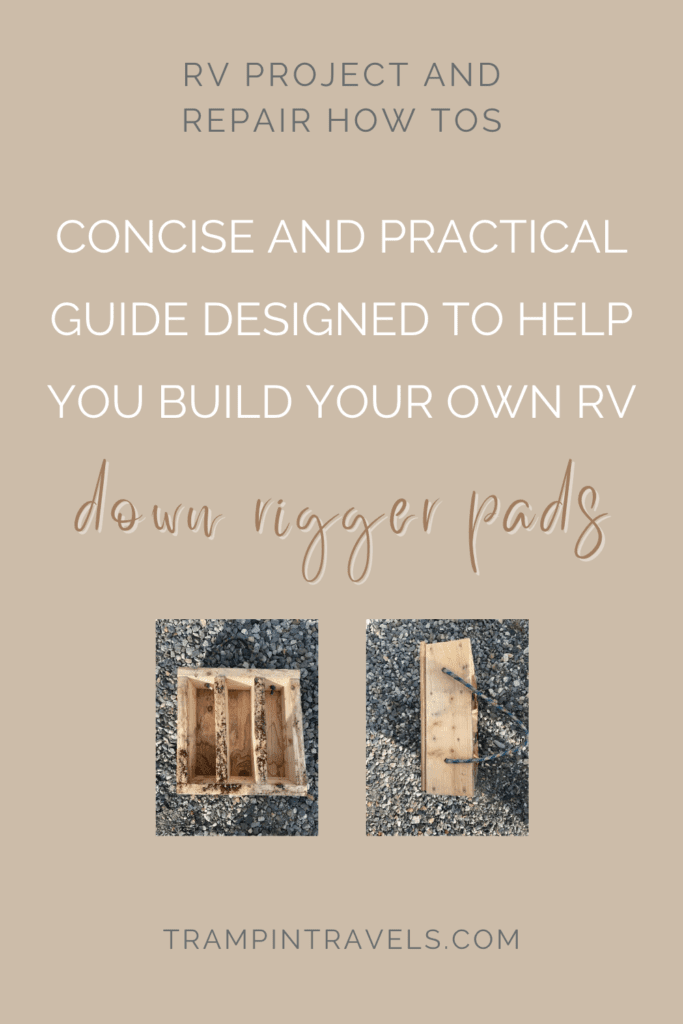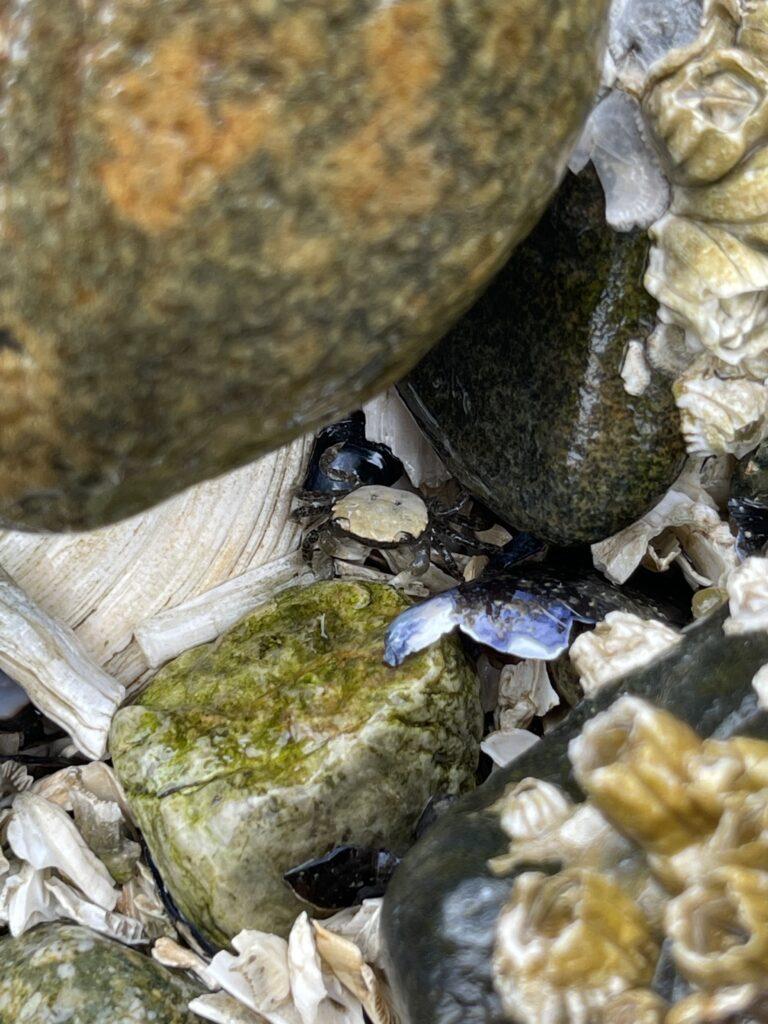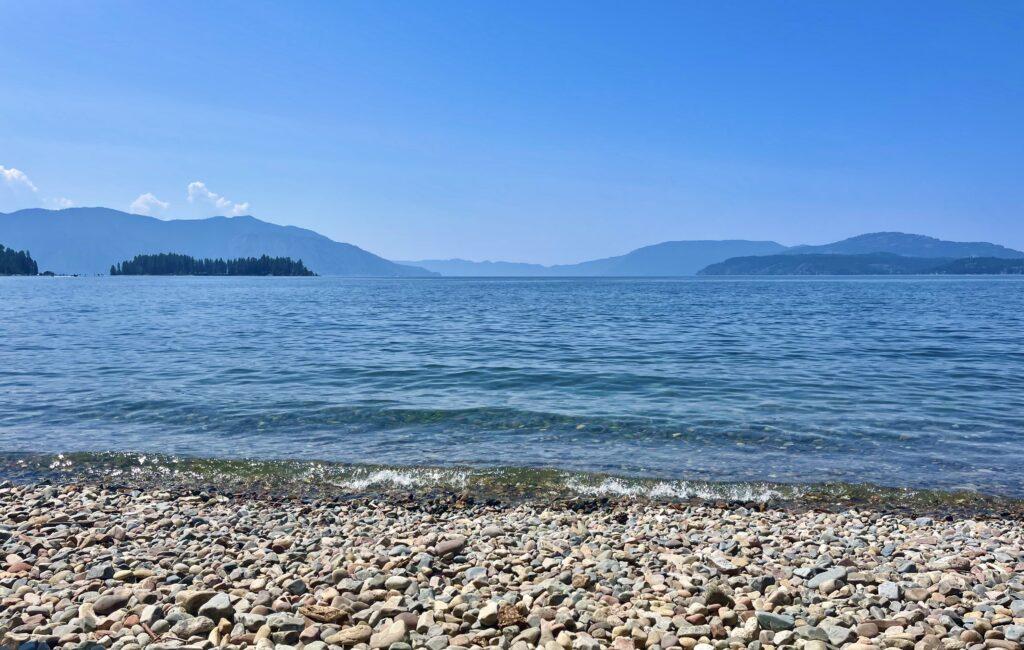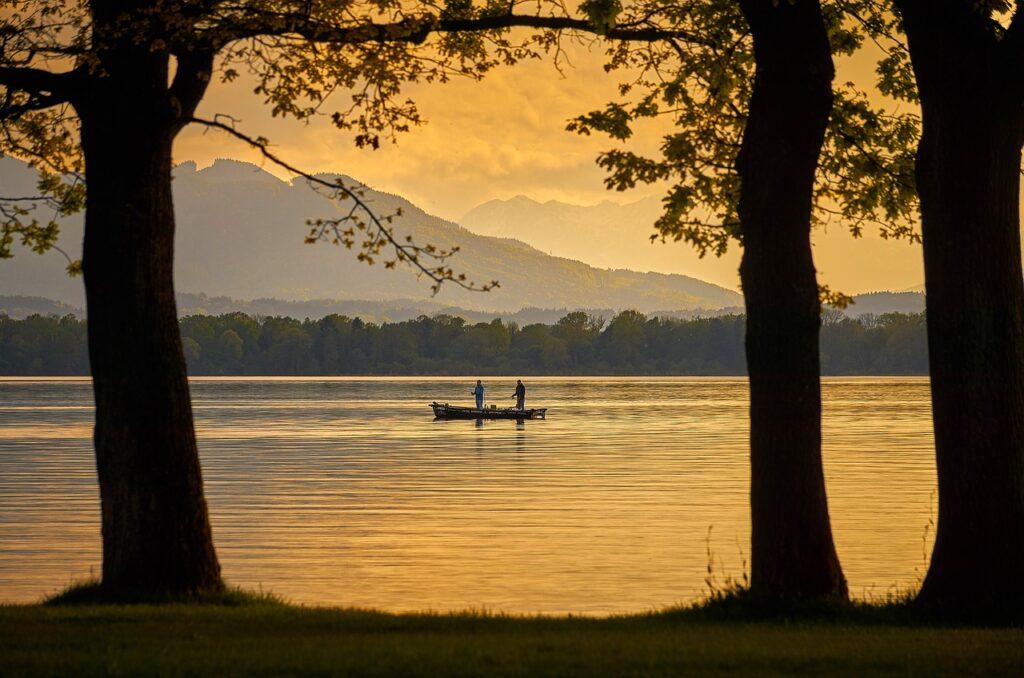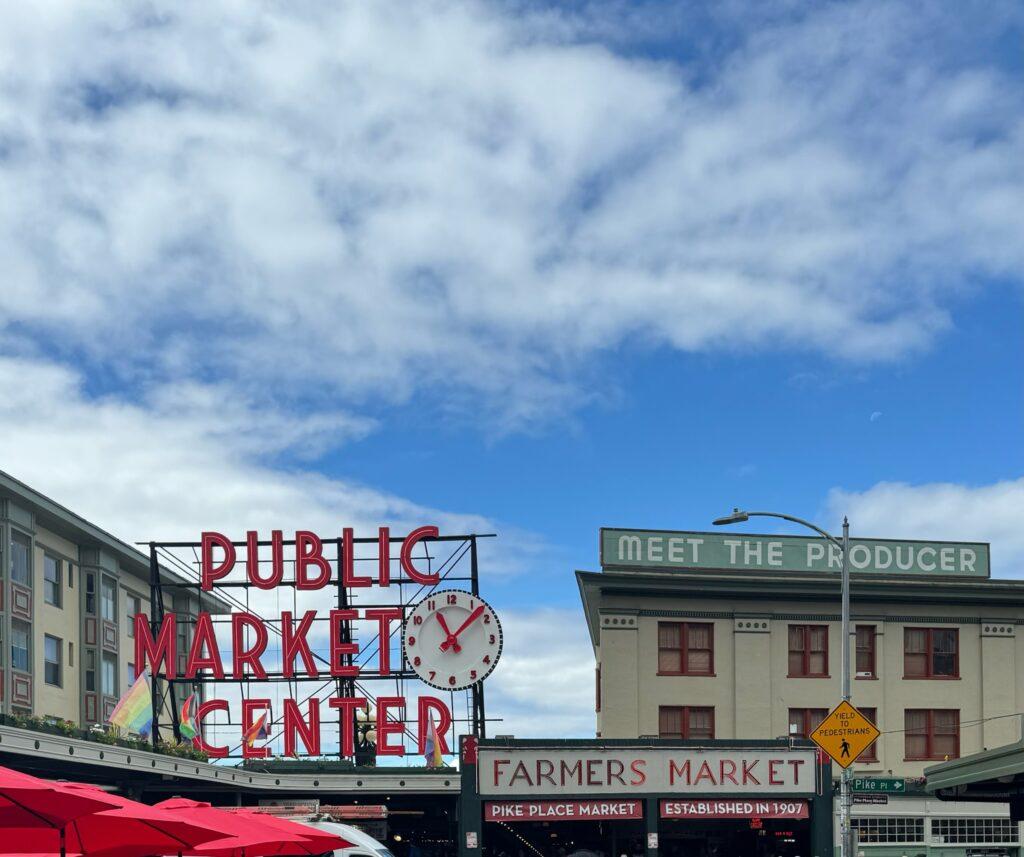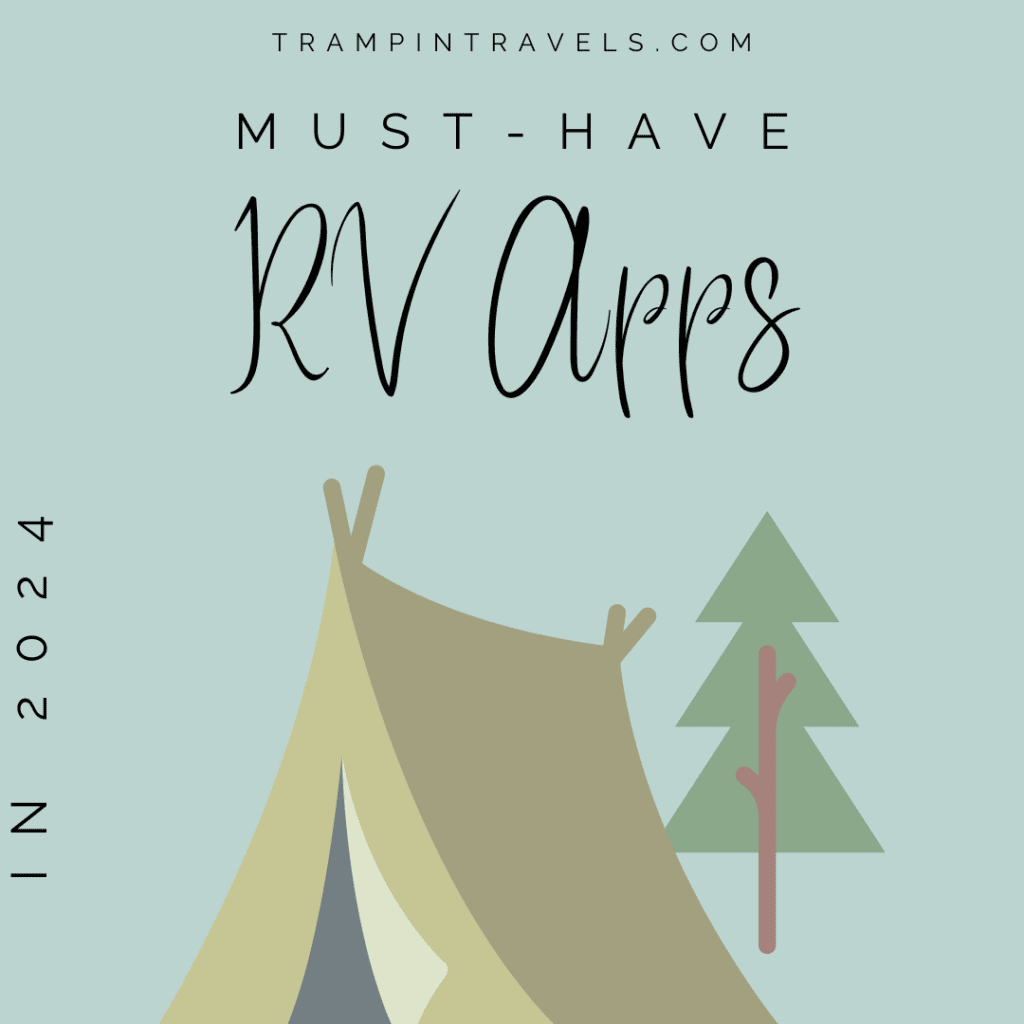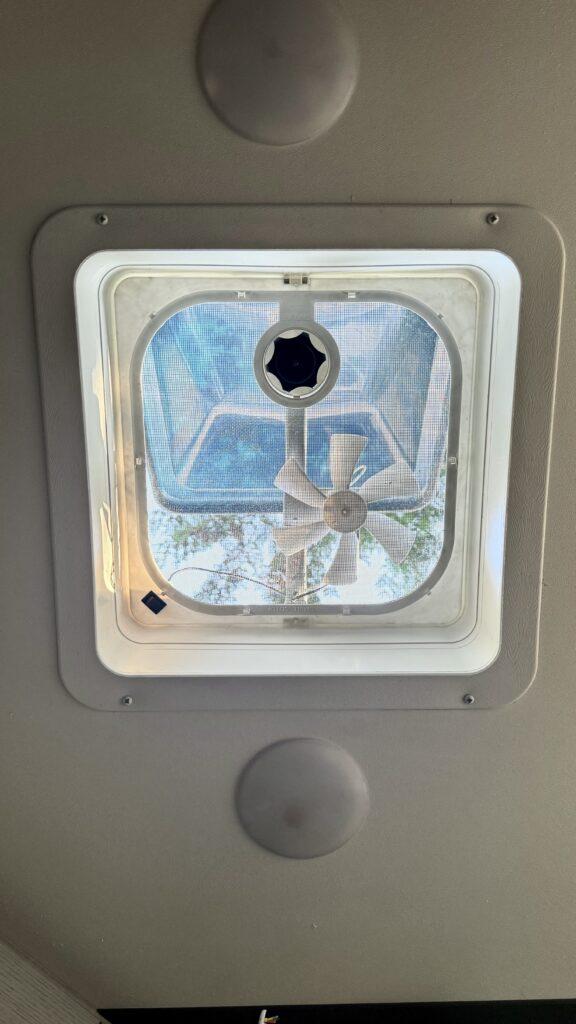We had the chance to witness one of nature’s most breathtaking celestial events: the Perseid meteor shower (shooting stars). Known for its dazzling streaks of light and impressive frequency, this annual meteor shower did not disappoint. But what made this experience even more memorable was capturing it using just an iPhone.
The video below was filmed on an iPhone 15 pro max using no filters, no apps, and no special adjustments.
here's how you can see and capture the same shooting stars and night sky like we did
With a clear sky and minimal light pollution, the conditions were perfect. Prop your iPhone up on a tripod and turn it to the time lapse mode. That’s it! The newer models of iPhone automatically adjust to night mode when in time lapse and photo modes.
Although smartphone cameras may not compete with professional equipment in terms of detail and brightness, modern iPhones are surprisingly good at capturing night sky phenomena.
If you want to give your iphone a little help, consider downloading a long exposure app. This will let in more light and the result? A stunning time-lapse video filled with streaks of light that perfectly captured the magic of the Perseids.
3 top tips for the best results
If you’re eager to try this yourself, here are a few tips:
- Use a Tripod: Stability is key for long exposure shots to avoid blurriness.
- Select a Long Exposure App: Apps like NightCap or Slow Shutter Cam can help you get the most out of your iPhone’s camera in low light.
- Scout Your Location: Find a dark spot away from city lights for the best results.
Despite the challenges of capturing the night sky with a smartphone, the results can be surprisingly beautiful. The Perseid meteor shower, as seen through the lens of an iPhone, not only brings the cosmos a bit closer but also makes stargazing accessible to everyone.
fun facts about the Perseus meteor shower
this is a meteor shower associated with the comet Swift–Tuttle that are usually visible annually from mid-July to late-August.
Peak activity is in August and the best viewing time is usually around midnight to early morning.
Meteor rate can be up to 100 meteors per hour.
